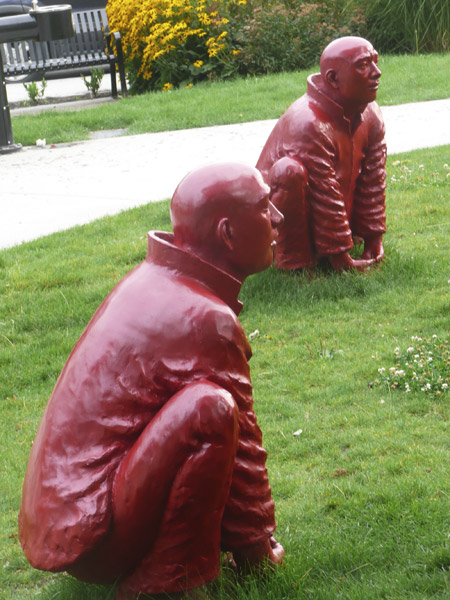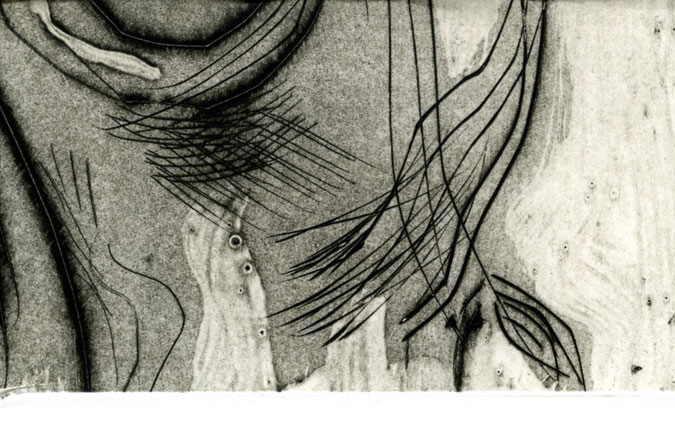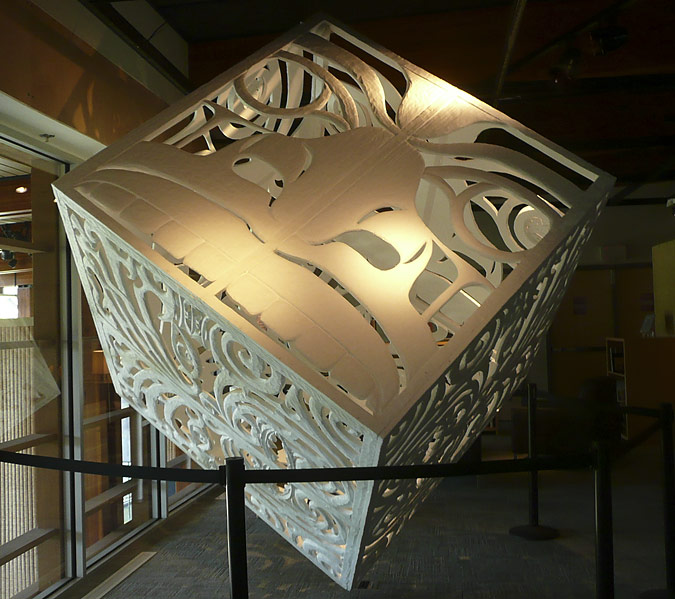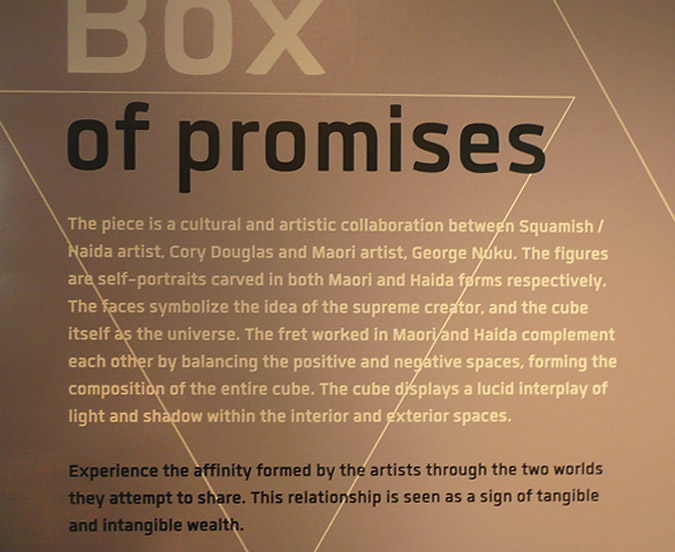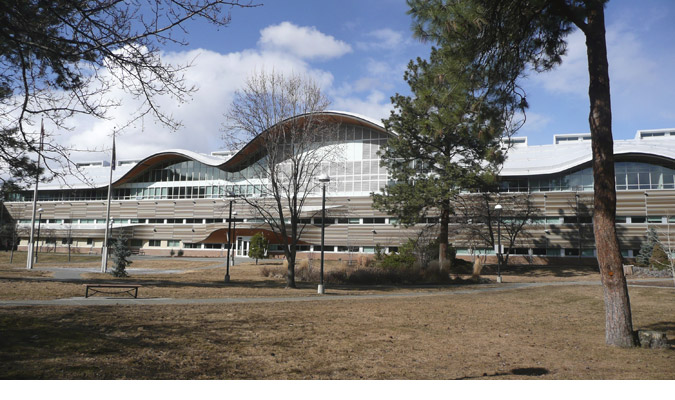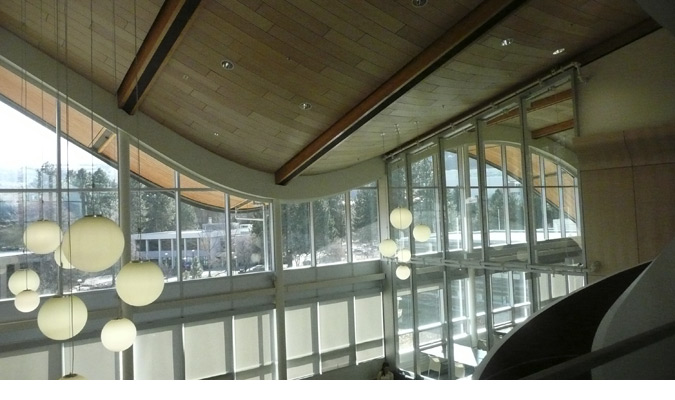three art exhibitions
running right now which I dearly wish I could visit:
1. Anselm Kiefer at the Royal Academy in London. I have long loved his work and follow it online. I was so very lucky to see one of his shows in Munich in yr. 2000 – wow! Be sure to also visit the link to Kiefer’s astonishing 200-acre art studio! I always appreciate Jonathan Jones’ comprehensive reviews.
2. The late and great Canadian artist Alex Colville at the Art Gallery of Ontario. There is even a link to a wonderful website in his name that seems to show most of his long life’s work.
3. Hokusai at the Grand Palais in Paris, thanks to a post by Charles T. Downey of Ionarts. You know how I love printmaking and the Japanese masters.
Because I don’t travel far these days, the internet does compensate a bit. I’d love to see photos and reports from any readers that do visit any or all of these shows.
Added November 3rd, 2014: My good blog friend, artist Olga Norris went to see the Anselm Kiefer exhibition and found it monumentally visceral.
And the very next day, artist and friend Natalie d’Arbeloff wrote a superb review of Kiefer’s work along with some excellent links!
I am sooo envious.
Added November 26th, 2014: In a comment at a later post, Olga Norris mentioned an excellent and powerful review of the Kiefer exhibition, the best I’ve read about this artist. It’s by a blogger new to me and whose blog That’s How the Light Gets In looks rich in material so I have bookmarked it for further reading.






